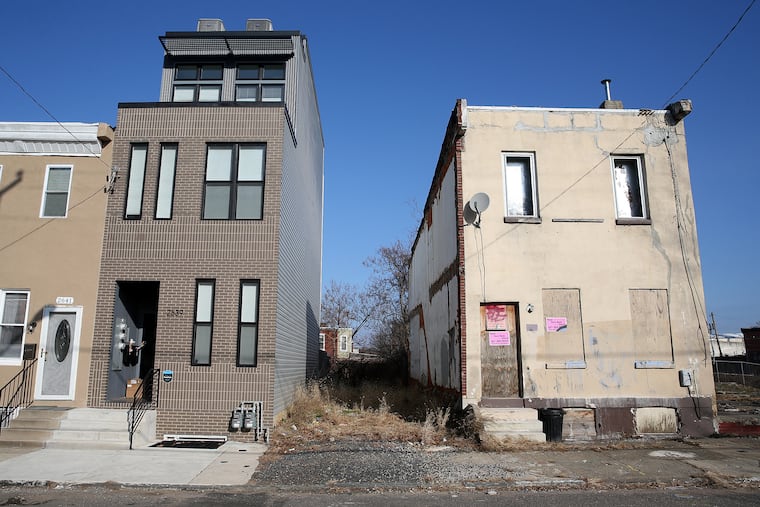Getting a home improvement loan in Philly is harder when you’re low-income or a minority, study shows
Applicants for home improvement loans in the region tend to have more difficulty obtaining them if they are low- or moderate-income, a minority, female, or had no co-applicant, according to a study released this month from the Federal Reserve Bank of Philadelphia.
